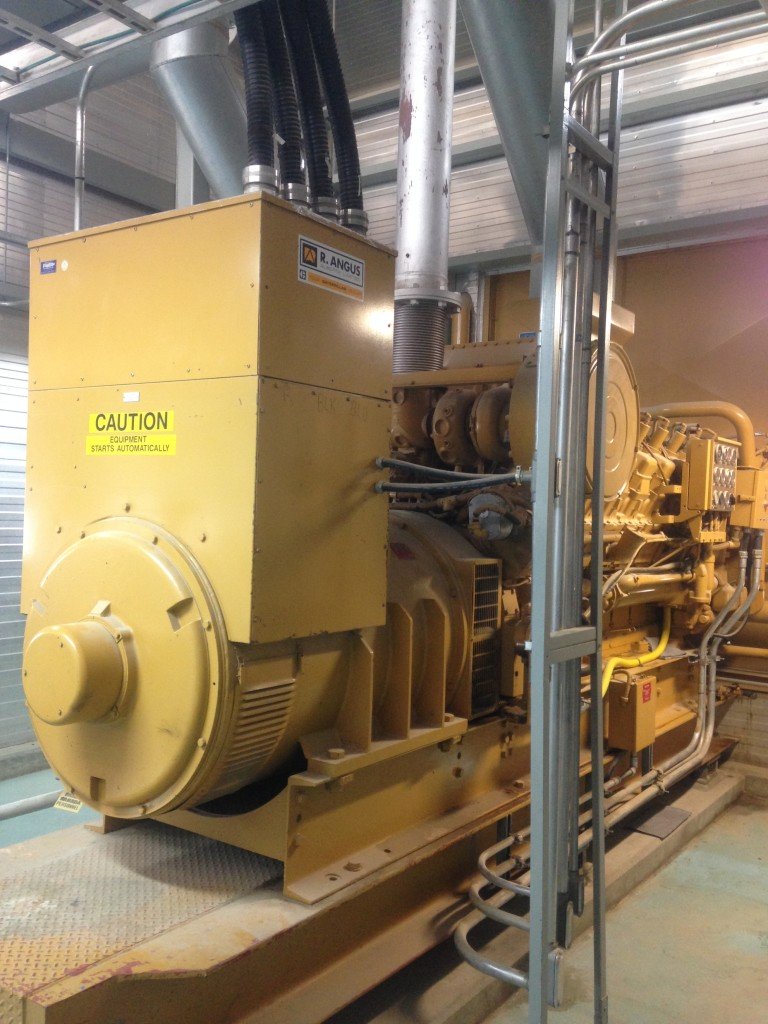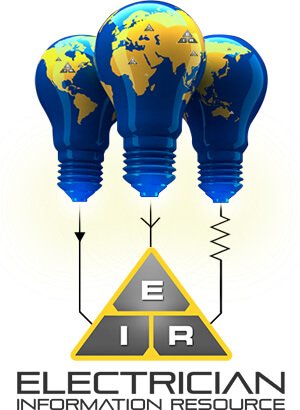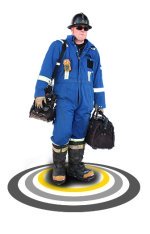Diesel Power Generator FAQs for Electricians
A diesel power generator combines a diesel engine with an electric generator to produce electricity. These generators can usually be up and running within about two minutes, without impacting the normal operations of the facility, when used as an emergency back up power supply. When the generator is not connected to an electrical grid, it is referred to as operating in island mode.

A power plant operating in island mode is often used as the primary power source in an isolated community. In these cases the generators are paralleled using at least three and up to twenty diesel generators, with no less than two of them rated to carry all of the required load.
Major Components of the Diesel Power Generator
Engine – The engine supplies the mechanical energy. The amount of power the generator can put out depends on the size of the engine. It can operate on diesel, gasoline, natural gas or propane. Smaller engines usually run on gasoline, while larger ones are fuelled by diesel, natural gas or propane. Some engines are designed to operate on both gasoline and diesel.
Alternator – Also known as the “gen-head”, the alternator is the part that produces the electrical output from the mechanical input the engine supplies. Inside the housing there are various moving and stationary parts that work together to produce movement between the magnetic and electric fields in order to generate electricity.
Fuel System – On average, the gas tank will usually hold enough fuel to run the generator for about six to eight hours. On smaller units the tank is mounted on the frame of the generator. Larger generators, like the ones used in commercial applications, often use a large, external fuel tank.
The stator is a stationary part that contains electrical conductors wound around an iron core. The rotor or armature is a moving part that produces the magnetic field, which creates the voltage difference between the windings around the core in the stator. And an alternating current (AC) output is produced.
There are three factors to consider when assessing the alternator:
Material of the housing – a metal housing is more durable. Plastic housings lose their shape over time, exposing the moving parts. This causes more wear and tear, and can be very dangerous for the user.
Type of bearings – ball bearings last longer than needle bearings.
Brushless design – brushes tend to wear out quickly. A brushless design doesn’t need to be serviced as often and also produces cleaner power.
Voltage Regulator – The voltage regulator regulates the voltage put out by the generator.
Lubricating System – There are many moving parts in the engine which need to be lubricated to keep them running smoothly and help them last longer. The oil to lubricate these parts is stored in a pump. The level of the oil should be checked about every eight hours of operation. Also make sure there aren’t any oil leaks.
Battery Charger – The starter button is powered by a battery, which is connected to a battery charger. The charger has an independent DC voltage output so that it won’t interfere with the operation of the generator.
Control Panel – The control panel offers a variety of features depending on the manufacturer, and the model and size of the unit. Some of the features a generator may have include:
Electric start and shut-down – This feature automatically starts the generator when the regular power supply is interrupted, monitors the generator when it is running, and automatically shuts it down when it’s not needed.
Generator gauges – These gauges measure the voltage and current output, and how often the generator operates.
Engine gauges – These gauges monitor such things like the speed of the engine rotation, voltage of the battery, temperature of the coolant, oil pressure and how long the generator operates. By measuring and monitoring these things, the auto shut-off feature can shut down the generator if any of these items cross allowable threshold levels.
Main Assembly – All generators, stationary and portable, are housed in a structural base. This provides support for the unit, plus allows the generator to be safely bonded to ground.
Cooling System – The continuous use of the generator makes some of the components overheat. The cooling system keeps these components at a safe temperature. In most small generators, water is used as a coolant. Larger units often use hydrogen because it absorbs heat more efficiently.
Exhaust System – Generators emit exhaust fumes just like any other diesel or gasoline engine. The fumes contain toxic chemicals and must be managed properly with an adequate exhaust system. The pipes in the exhaust are usually made of steel, wrought iron or cast iron. When the generator is used indoors, the exhaust pipes must lead outside.





